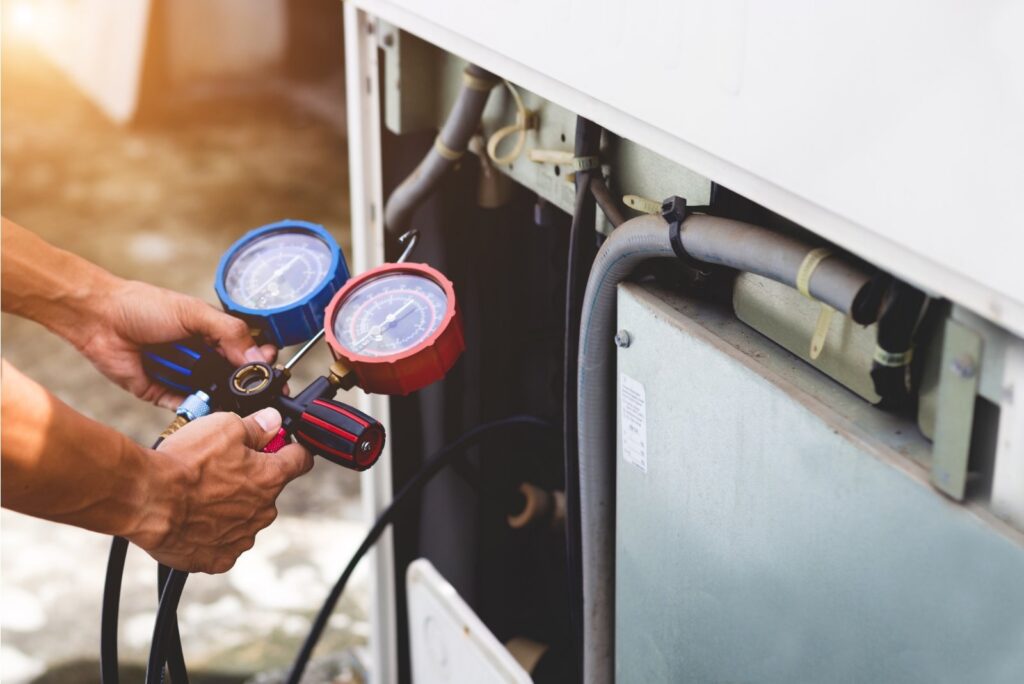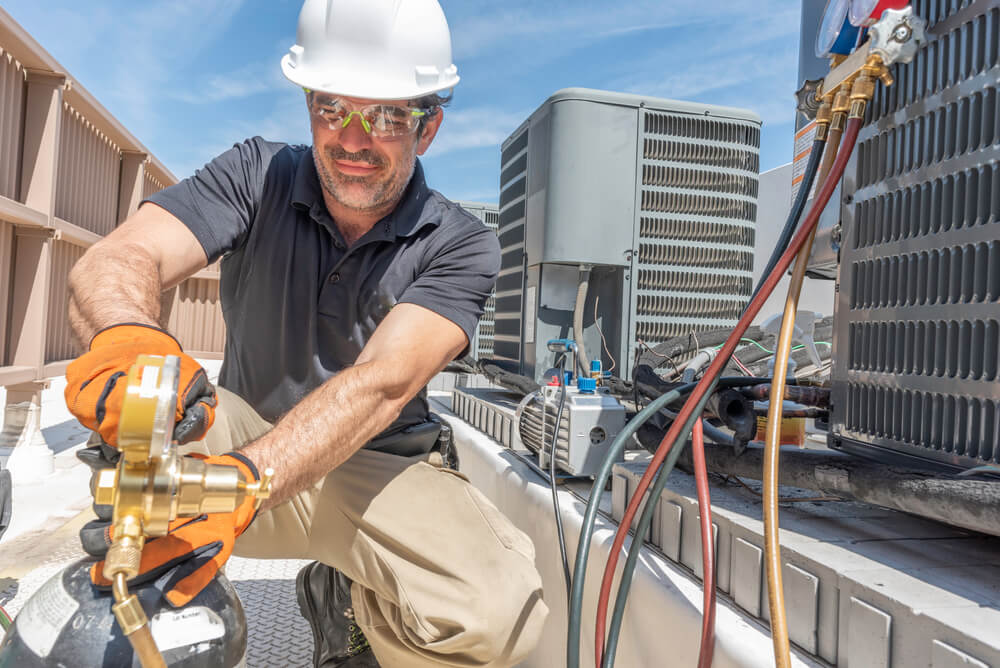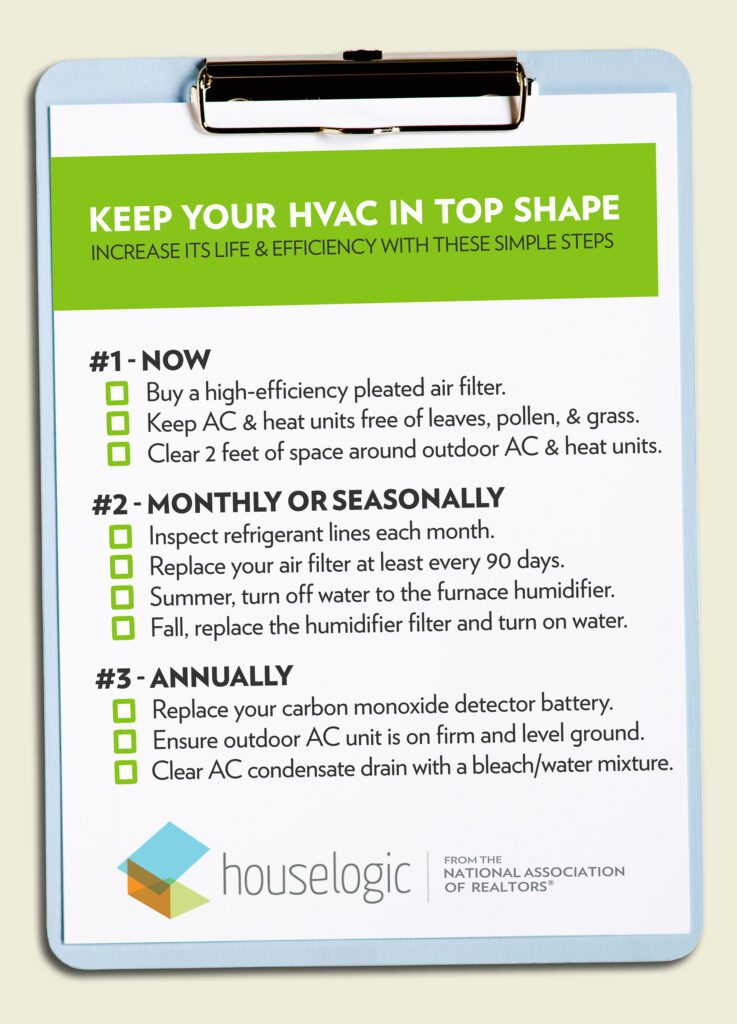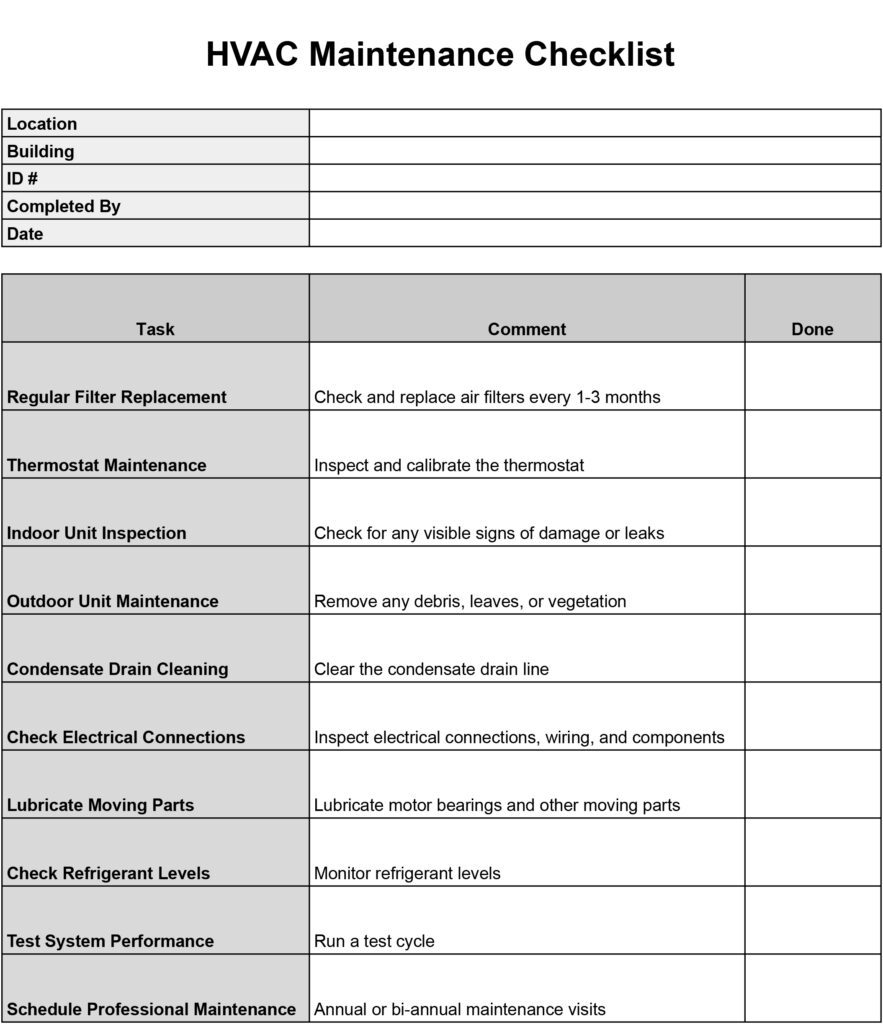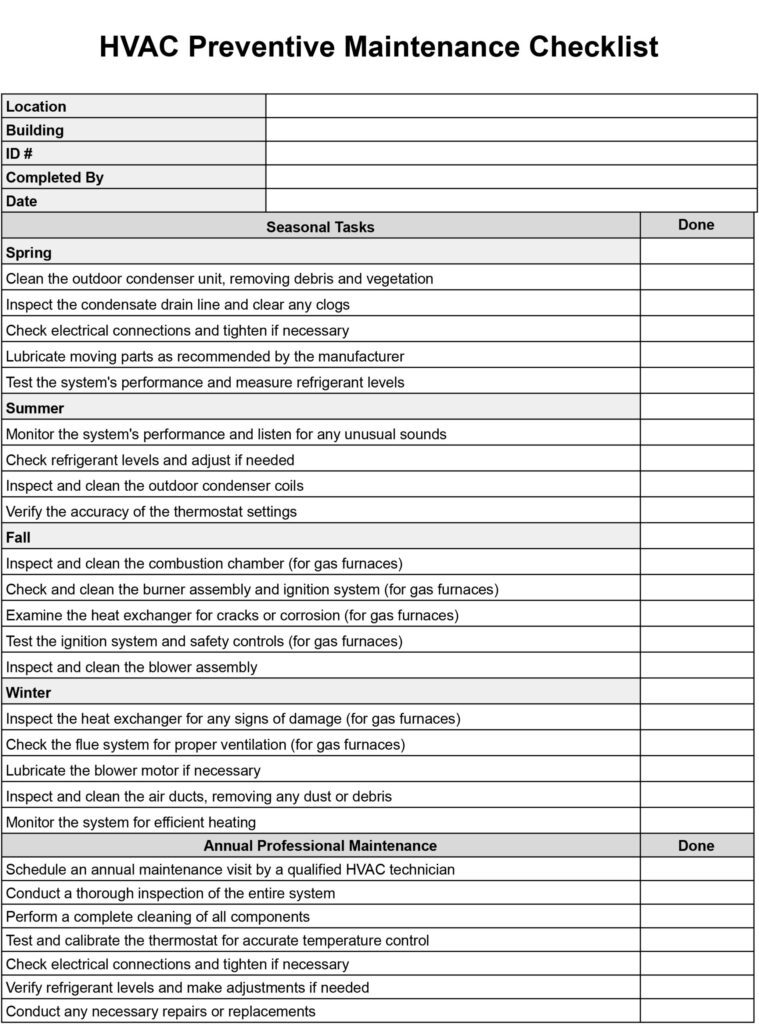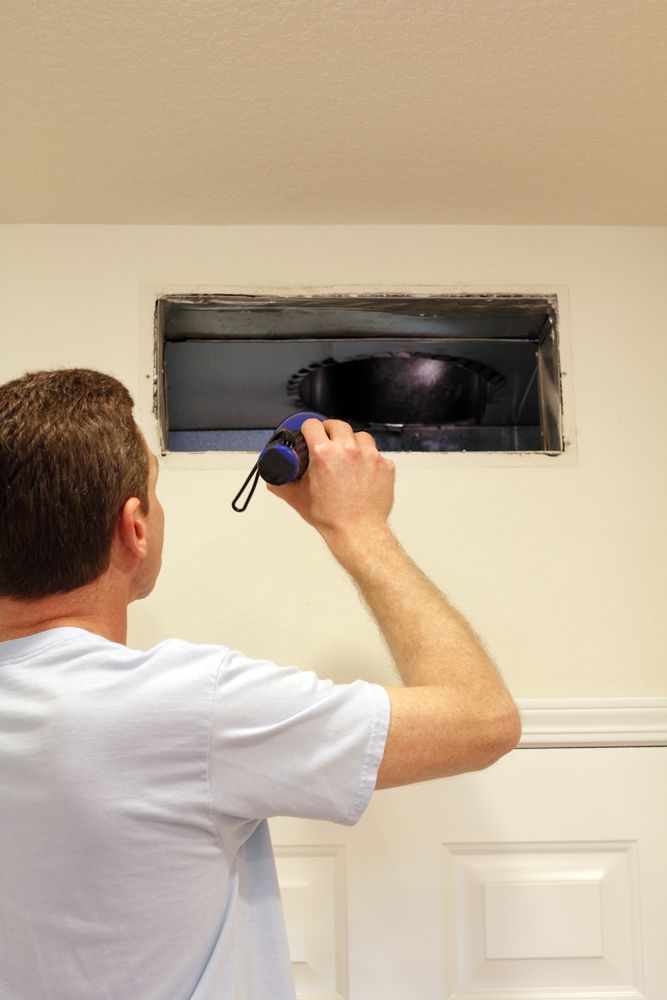Are you curious about the 4 phases of planned maintenance for HVAC systems? Well, you’re in luck! This article will give you a brief overview of these essential stages that are necessary for ensuring the efficient operation and longevity of your HVAC system. So, whether you’re a homeowner or a facilities manager, buckle up and get ready to learn about the key steps involved in keeping your HVAC system in tip-top shape!
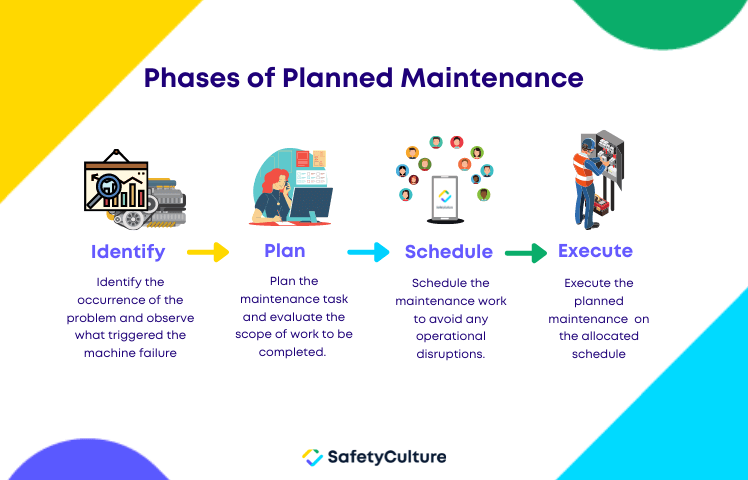

Phase 1: Inspection
Checking system components
During the inspection phase of planned maintenance HVAC, a qualified professional will carefully examine all the crucial components of your HVAC system. This includes checking the electrical connections, inspecting the refrigerant levels, evaluating the system airflow, and assessing its overall performance. By thoroughly inspecting these system components, any potential issues or problems can be identified early on, preventing further damage or breakdowns.
Inspecting electrical connections
The electrical connections in your HVAC system play a vital role in its operation. During the inspection phase, an HVAC technician will carefully examine all the electrical connections to ensure they are secure and free from any damage or corrosion. Loose or damaged connections can lead to electrical problems and even pose a safety hazard. By inspecting the electrical connections, any potential issues can be addressed, ensuring the smooth and safe operation of your HVAC system.
Examining refrigerant levels
Refrigerant is an essential component of your HVAC system, as it is responsible for cooling the air that is circulated throughout your home or facility. During the planned maintenance inspection, the technician will check the refrigerant levels to ensure they are at the proper amount. If the refrigerant levels are too low, it could indicate a leak, which needs to be addressed promptly. On the other hand, if the levels are too high, it could result in reduced efficiency and increased energy consumption.
Evaluating system airflow
Proper airflow is crucial for the optimal performance of your HVAC system. During the inspection phase, the technician will evaluate the system airflow to ensure it is balanced and sufficient. Poor airflow can lead to uneven temperatures, reduced comfort, and reduced system efficiency. By evaluating the system airflow, any necessary adjustments or improvements can be made to ensure that every room in your home or facility receives an adequate amount of conditioned air.
Assessing system performance
The overall performance of your HVAC system is a crucial aspect of its effectiveness and efficiency. During the inspection phase, the technician will assess the system’s performance by analyzing various factors, such as temperature differentials and energy consumption. By evaluating the system’s performance, any issues or inefficiencies can be identified and addressed, ensuring that your HVAC system is operating at its best and providing optimal comfort and energy savings.
Phase 2: Cleaning
Cleaning condenser coils
Condenser coils are responsible for removing heat from your HVAC system. Over time, these coils can accumulate dirt, debris, and other contaminants, which can hinder their ability to effectively transfer heat. During the cleaning phase of planned maintenance HVAC, the technician will carefully clean the condenser coils to remove any buildup. This not only improves the system’s efficiency but also helps to extend the lifespan of the equipment.
Clearing debris from outdoor unit
The outdoor unit of your HVAC system is exposed to various elements, including leaves, dirt, and debris. During the cleaning phase, the technician will clear any debris that has accumulated around and inside the outdoor unit. This ensures that the airflow remains unobstructed and helps prevent potential damage to the system. By regularly clearing debris from the outdoor unit, you can maintain optimal system performance and prevent unnecessary breakdowns.
Cleaning evaporator coils
Similar to condenser coils, evaporator coils can also accumulate dirt and debris over time. These coils are responsible for absorbing heat from the air, and any buildup can hinder their efficiency. During the cleaning phase, the technician will clean the evaporator coils to remove any dirt or debris. This helps to improve the system’s cooling capacity and ensures that the air circulating in your home or facility is clean and fresh.
Unclogging condensate drain
The condensate drain is responsible for removing excess moisture that is produced during the cooling process. Over time, this drain can become clogged with algae, debris, or other contaminants, which can lead to water leaks or even damage to your HVAC system. During the cleaning phase, the technician will unclog the condensate drain, ensuring that water flows freely and preventing potential problems associated with moisture buildup.
Cleaning or replacing air filters
Air filters play a crucial role in maintaining good indoor air quality and protecting your HVAC system from dust and debris. During the cleaning phase, the technician will clean or replace the air filters, depending on their condition. Clogged or dirty filters can restrict airflow, reduce system efficiency, and lead to poor indoor air quality. By regularly cleaning or replacing air filters, you can ensure that your HVAC system operates at its best and maintains good air quality.


Phase 3: Lubrication
Applying lubricant to motor bearings
Motor bearings are an integral part of your HVAC system, as they allow the various components to move and operate smoothly. During the lubrication phase of planned maintenance HVAC, the technician will apply lubricant to the motor bearings to reduce friction and prevent excess wear and tear. Proper lubrication can significantly enhance the lifespan of the motor bearings and ensure the efficient and quiet operation of your HVAC system.
Greasing moving parts
In addition to motor bearings, there are several other moving parts in your HVAC system that require lubrication to function properly. During the maintenance visit, the technician will grease these moving parts to reduce friction and ensure smooth operation. This includes components such as fan blades, bearings, and pulleys. Proper lubrication not only extends the life of these parts but also helps to maintain system performance and energy efficiency.
Checking fan motor operation
The fan motor is responsible for circulating the conditioned air throughout your home or facility. During the maintenance visit, the technician will check the fan motor’s operation to ensure that it is working properly. This includes examining the motor’s wiring, checking for any signs of damage or wear, and verifying that it is running at the intended speed. By checking the fan motor operation, any potential issues can be addressed before they lead to a complete breakdown or reduced system performance.
Inspecting belts and pulleys
Belts and pulleys in your HVAC system are responsible for transferring power and ensuring that the various components are operating in sync. During the maintenance visit, the technician will inspect these belts and pulleys to check for any signs of wear or damage. Loose or damaged belts can result in improper system operation and reduced efficiency. By inspecting and addressing any issues with the belts and pulleys, you can ensure the proper functioning of your HVAC system.
Ensuring proper fan rotation
Proper fan rotation is essential for the optimal performance of your HVAC system. During the maintenance visit, the technician will ensure that the fan is rotating in the correct direction as specified by the manufacturer. Incorrect fan rotation can lead to poor airflow, reduced system efficiency, and increased energy consumption. By verifying and adjusting the fan rotation if needed, you can maintain the overall effectiveness and energy efficiency of your HVAC system.
Phase 4: Calibration
Calibrating thermostat
The thermostat is the control center of your HVAC system, and its accuracy is crucial for maintaining optimal comfort and energy efficiency. During the calibration phase, the technician will ensure that the thermostat is properly calibrated to accurately measure and control the temperature in your home or facility. This ensures that the HVAC system operates efficiently and helps to prevent temperature fluctuations or discomfort.
Adjusting fan speed
The fan speed of your HVAC system can have a significant impact on its performance, comfort, and energy consumption. During the calibration phase, the technician will adjust the fan speed to ensure that it is set at the optimal level for your specific needs. This includes considering factors such as the size of the space, the desired airflow, and the overall system efficiency. By adjusting the fan speed, you can enhance the system’s performance and energy savings.
Checking refrigerant charge
Proper refrigerant charge is crucial for the efficient operation of your HVAC system. During the calibration phase, the technician will check the refrigerant charge to ensure that it is at the optimal level. If the refrigerant charge is too low or too high, it can result in reduced cooling capacity, increased energy consumption, and potential damage to the system. By checking and adjusting the refrigerant charge if necessary, you can ensure that your HVAC system operates at its best.
Testing safety controls
Safety controls in your HVAC system are designed to protect against potential hazards, such as high temperatures or system malfunctions. During the calibration phase, the technician will test these safety controls to ensure that they are functioning properly. This includes checking for any faulty sensors, verifying the operation of limit switches, and testing the effectiveness of pressure controls. By testing the safety controls, you can ensure the safe and reliable operation of your HVAC system.
Verifying temperature differentials
Temperature differentials refer to the temperature variances between the supply and return air in your HVAC system. During the calibration phase, the technician will verify these temperature differentials to ensure that they fall within the recommended range. Significant temperature differentials can indicate issues with the system, such as poor airflow or refrigerant problems. By verifying the temperature differentials, any potential issues can be identified and addressed, ensuring optimal system performance and comfort.
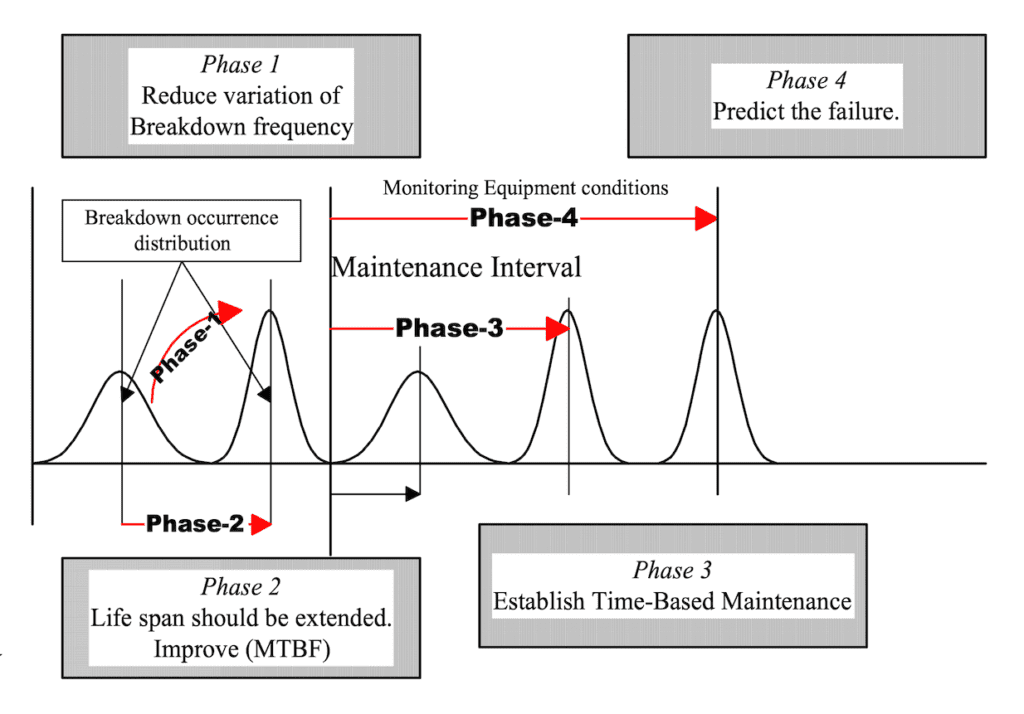

Benefits of Planned Maintenance HVAC
Increased system efficiency
One of the key benefits of planned maintenance HVAC is increased system efficiency. By regularly inspecting, cleaning, lubricating, and calibrating your HVAC system, you can ensure that it operates at its peak performance. This results in reduced energy consumption, lower utility bills, and enhanced overall efficiency.
Extended equipment lifespan
Another significant benefit of planned maintenance HVAC is the extended lifespan of your equipment. By properly maintaining and caring for your HVAC system, you can prevent premature wear and tear, reduce the risk of breakdowns, and extend the overall lifespan of the equipment. This helps to maximize your investment and avoid the need for costly replacements in the future.
Improved indoor air quality
Planned maintenance HVAC also plays a crucial role in maintaining good indoor air quality. Regular cleaning of the condenser coils, evaporator coils, and air filters helps to remove dust, dirt, allergens, and other contaminants from the air. This helps to create a cleaner and healthier indoor environment for you, your family, or your building occupants.
Reduced energy consumption
By ensuring that your HVAC system is properly maintained, you can significantly reduce your energy consumption. A well-maintained system operates more efficiently, requiring less energy to provide the same level of comfort. This not only results in lower energy bills but also helps to minimize your impact on the environment.
Lower risk of unexpected breakdowns
One of the most significant benefits of planned maintenance HVAC is the lower risk of unexpected breakdowns. By addressing any potential issues during the inspection and cleaning phases, you can significantly reduce the likelihood of your system failing when you need it most. Regular maintenance helps to catch problems early on, allowing for timely repairs and minimizing inconvenience and discomfort.
Importance of Regular HVAC Maintenance
Preventing costly repairs
Regular HVAC maintenance is essential for preventing costly repairs. By addressing any potential issues early on, you can avoid major breakdowns and the need for expensive repairs. Routine maintenance allows for timely repairs and adjustments, minimizing the risk of extensive damage to your HVAC system.
Maintaining warranty requirements
Many HVAC manufacturers require regular maintenance as a condition of their warranty. By adhering to the maintenance requirements outlined by the manufacturer, you can ensure that your warranty remains valid. This provides you with added peace of mind and financial protection in the event that your system requires repairs or replacements.
Ensuring optimal system performance
Regular HVAC maintenance is crucial for ensuring optimal system performance. By inspecting and cleaning the various components of your system, you can address any potential issues that could hinder its performance. This helps to maintain consistent and reliable performance, providing you with the comfort you need throughout the year.
Promoting energy savings
Energy efficiency is a key consideration for most homeowners and businesses. Regular HVAC maintenance helps to promote energy savings by ensuring that your system operates at its best. By cleaning, lubricating, and calibrating your system, you can optimize its efficiency, reducing energy consumption and lowering your utility bills.
Enhancing occupant comfort
Comfort is a top priority when it comes to HVAC systems. Regular maintenance helps to enhance occupant comfort by addressing any issues that may affect temperature control, humidity levels, or airflow. By maintaining a comfortable indoor environment, you can improve productivity, health, and overall satisfaction for occupants.
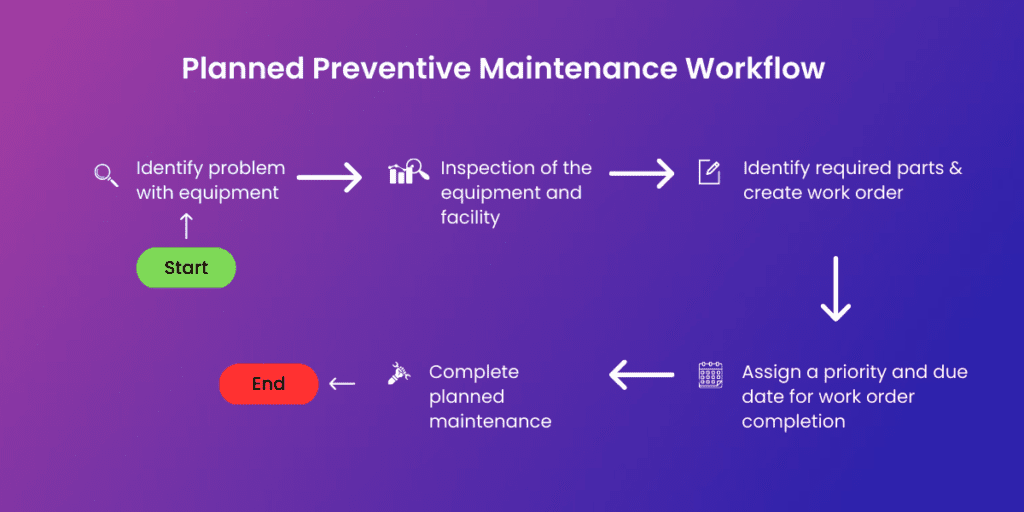

Frequency of Planned Maintenance HVAC
Manufacturer recommendations
When it comes to the frequency of planned maintenance HVAC, it is essential to consider the recommendations provided by the manufacturer. HVAC manufacturers typically provide guidelines and recommendations for the maintenance schedule of their equipment. Following these guidelines ensures that you are properly maintaining your system and maximizing its performance and lifespan.
Seasonal HVAC maintenance
Many HVAC professionals recommend seasonal maintenance for optimal system performance. Seasonal maintenance involves scheduling maintenance visits twice a year – once in the spring before the cooling season and again in the fall before the heating season. This ensures that your system is clean, well-tuned, and ready to handle the demands of each season.
Customized maintenance plans
Depending on your specific needs and the condition of your HVAC system, you may require a customized maintenance plan. This can involve more frequent maintenance visits if your system is older or experiences heavy use. A professional HVAC technician can assess your system and recommend a customized maintenance plan tailored to your requirements.
Commercial vs. residential schedules
Commercial HVAC systems often require more frequent maintenance due to their size and level of usage. Commercial systems typically operate in larger buildings with higher occupancy rates, resulting in more significant wear and tear. Residential systems, on the other hand, may not require maintenance as frequently, depending on factors such as the size of the home and the number of occupants.
Considerations for high-use facilities
High-use facilities, such as hospitals, hotels, and commercial kitchens, often have unique maintenance needs. These facilities may require more frequent maintenance visits due to the high demands placed on the HVAC system. Additionally, specialized equipment or systems, such as refrigeration units or exhaust systems, may require specific maintenance schedules based on their usage and requirements.
Signs that Planned Maintenance is Needed
Poor airflow
If you notice poor airflow coming from your vents, it could indicate the need for planned maintenance HVAC. Poor airflow can be caused by various factors, such as clogged filters, dirty coils, or a malfunctioning fan motor. Routine maintenance can address these issues and restore proper airflow to your HVAC system.
Uneven temperatures
Uneven temperatures throughout your home or facility can be a sign that your HVAC system requires maintenance. Inconsistent heating or cooling can be caused by various factors, including restricted airflow, thermostat calibration issues, or refrigerant problems. Regular maintenance can help identify and address these issues, ensuring even temperatures and optimal comfort.
Strange odors
Strange odors coming from your HVAC system can indicate a need for maintenance. Unpleasant odors could be a sign of mold or bacteria growth in the system or a problem with the condensate drain. Routine maintenance can help identify and address these issues, eliminating any odors and improving the air quality in your space.
Increase in energy bills
If you notice a significant increase in your energy bills without any apparent changes in usage, it could be a sign that your HVAC system requires maintenance. Reduced efficiency due to dirty coils, clogged filters, or improper calibration can result in increased energy consumption. Regular maintenance can help improve system efficiency, resulting in lower energy bills.
Frequent system cycling
Frequent system cycling, where your HVAC system turns on and off frequently, can be a sign of maintenance needs. This can be caused by a variety of issues, including thermostat problems, refrigerant leaks, or improper system operation. Regular maintenance can address these issues, preventing frequent system cycling and improving the overall efficiency and longevity of your HVAC system.
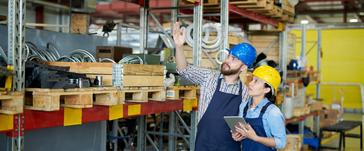

Qualified HVAC Professionals
Certifications and licenses
When selecting an HVAC professional for your planned maintenance needs, it is important to consider their certifications and licenses. Make sure that the technician holds appropriate certifications and licenses that demonstrate their expertise in HVAC maintenance. This provides you with the assurance that the technician has the necessary skills and knowledge to properly maintain your HVAC system.
Knowledge of HVAC systems
A qualified HVAC professional should have a comprehensive understanding of HVAC systems and their components. They should be knowledgeable about the various types of systems, including both residential and commercial setups. This knowledge allows them to identify potential issues, perform necessary maintenance tasks, and offer appropriate recommendations for your specific HVAC system.
Experience in maintenance
Experience in HVAC system maintenance is also an important consideration when selecting a professional. An experienced technician has likely encountered a wide range of system issues and understands how to effectively address them. Look for professionals with a proven track record of successful HVAC maintenance and satisfied customers.
Reputation and customer reviews
Before selecting an HVAC professional, take the time to research their reputation and read customer reviews. A reputable technician should have positive reviews and testimonials from satisfied customers. This provides you with valuable insights into their customer service, professionalism, and the quality of their work.
Availability of emergency services
In addition to planned maintenance, it is essential to consider the availability of emergency services when selecting an HVAC professional. HVAC emergencies can happen at any time, and having a professional who offers 24/7 emergency services ensures that you can receive prompt assistance in case of a breakdown or urgent repair needs.
Conclusion
Planned maintenance HVAC is essential for the optimal performance and longevity of your HVAC system. By following the four crucial phases of inspection, cleaning, lubrication, and calibration, you can ensure that your system operates at its best. The benefits of planned maintenance include increased system efficiency, extended equipment lifespan, improved indoor air quality, reduced energy consumption, and lower risk of unexpected breakdowns.
Regular HVAC maintenance is of utmost importance to prevent costly repairs, maintain warranty requirements, ensure optimal system performance, promote energy savings, and enhance occupant comfort. The frequency of planned maintenance can vary based on factors such as manufacturer recommendations, seasonal needs, customized plans, and high-use facilities.
There are various signs that indicate the need for planned maintenance, such as poor airflow, uneven temperatures, strange odors, increased energy bills, and frequent system cycling. When selecting a qualified HVAC professional, consider their certifications and licenses, knowledge of HVAC systems, experience in maintenance, reputation and customer reviews, and availability of emergency services.
By understanding the importance of planned maintenance, following the four crucial phases, recognizing signs that indicate maintenance is needed, and selecting qualified professionals, you can ensure that your HVAC system performs optimally, provides reliable comfort, and offers long-term cost savings. The investment in regular maintenance is worthwhile for the comfort, efficiency, and longevity of your HVAC system.

